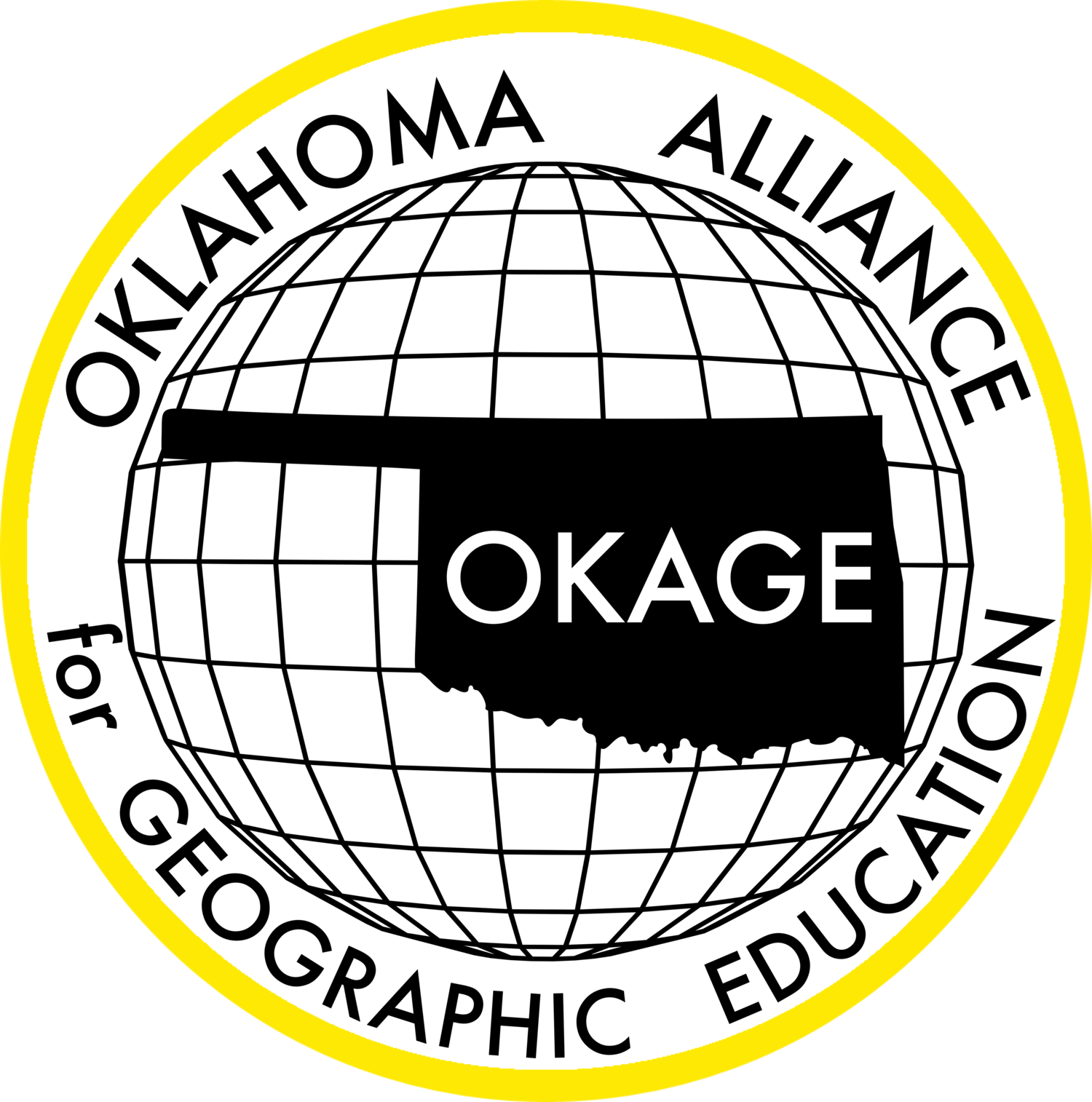The (not so) Great Pacific Garbage Patch Part 1
Mining Pollution: A Worldwide Problem
Description: The student will recognize the long-term costs and consequences of industrial waste on environmental and on human health by studying three separate sites suffering from mining waste toxins.
Grade level(s): Middle School Standards: N/A
Produced By: Janet Hall
Garbage: A Recycling Love Story
Lions, Tigers and Bears: The Dilemma of Ecotourism
Description: The objective of the lesson is to investigate the role and effectiveness of wildlife preserves, utilizing a micro-case study from Kenya and making connections to a variety of ecosystems through an online global tour of significant wildlife preserves. Using the essential and supporting questions, students will analyze the advantages and disadvantages of current environmental protection efforts in order to make recommendations regarding a proposed wildlife preserve in Antarctica.
Grade level(s): Middle School, High School
Standards: OAS, GFL
Produced By: Pam Merrill
Rio Platano
Description: The objective of the lesson is to provide an in-depth study of Central America’s most important biosphere - the Rio Platano Reserve and its necessity to the survival of both humans and wildlife. Using the essential and supporting questions, students will analyze the perspectives of major groups who seek to utilize the natural resources of the Rio Platano, followed by engagement in a simulated regional conference of stakeholders. A comparative micro-study of the impact of unsustainable use of the monarch butterfly’s habitat in Mexico provides an optional enrichment opportunity for students. In addition, an extension mini-lesson provides an overall understanding of why wildlife preserves are established, how government policies attempt to protect species, and how individuals can be responsible stewards of their environments.
Grade level(s): Middle School
Standards: OAS, GFL
Produced By: Pam Merrill
Water, water everywhere, but not a drop to drink
Ecotourism: Are you a tacky tourist or an eco tourist?
The Deforestation Balancing Act
Description: The objective of the lesson is to examine the evidence linking deforestation to the controversial topic of climate change. Using the essential question, students will demonstrate an understanding of the causes of deforestation, including its role in global climate changes of the present and future. Students will conclude their investigations in a simulated climate conference, during which they will utilize geographic information and facts to support their views toward this controversial topic.
Grade level(s): Elementary, Middle School
Standards: OAS, GFL
Produced By: Pam Merrill
Carbon Footprints, Finding Solutions
Description: Students will gain understanding in the climate change. Students will engage in technology and create an action plan addressing the world-wide conservation and environmental crisis while learning human-environmental interaction concepts related in geography.
Grade level(s): Middle School, High School
Standards: OAS, C3
Produced By: LeaAnn Wyrick
Greenpeace, Barbie and the Indonesian Rainforest
The Florida Everglades: The Once and Future River of Grass
Description: This lesson focuses on the history of human-environment interactions in the Florida Everglades region since the late 19th century. The long-term effects of these interactions are discussed and evaluated.
Grade level(s): Middle Standards: OAS, GFL Produced By: Virginia Silvis
Lovely Landforms and Beautiful Bodies of Water
Race to the Arctic
Description: The objective of the lesson is to evaluate the underlying causes and develop proposals for addressing the future use of natural resources in the changing environment of the Arctic region. Using the essential questions “How can people cooperatively solve common challenges?” and “What responsibilities do we owe the preservation of Earth’s natural resources?” students will work as cooperative teams to investigate the current changes in the Arctic’s environment, the geo-political issues arising from new access to valuable resources, and the impact current regional conflicts have had on the environment, relationships among the international community, and the economic development of the Arctic region.
Grade level(s): Middle Standards: OAS, GFL Produced By: Pam Merrill
Our Five Oceans: Exquisite, Essential and Endangered
Description: Through exploration and analysis of primary and secondary sources of visual information, and printed and digital texts, students will investigate and discover this interconnected nature, the importance of protecting the oceans, and how what happens to our oceans affects all life on earth.
Grade level(s): Middle Standards: OAS, GFL Produced By: Lynn Tilley
What is Landscape?
To Drill, Or Not To Drill, That is the Question!
Description: Lawmakers have to make decisions about the use of resources that affect their citizens today and in the future. Deciding how to use the nation’s resources is not an easy process when two values are at odds: preserving natural resources and delicate ecosystems or protecting the economy. This was the dilemma for lawmakers when environmentalists fought to preserve Alaska’s Arctic National Wildlife Refuge while opposed by oil companies who wanted to drill there for oil.
Grade level(s): Middle Standards: OAS, GFL Produced By: Ann Kennedy
Exploring El Niño and La Niña
Climbing Weather
Description: Students will discover the difference between climate and weather. Students will gain perspectives on varying climates in the Western Hemisphere and their connections to physical location, land use, and population.
Grade level(s): Middle Standards: OAS, GFL Produced By: Tiffany Neill
Colorado River Drainage Basin: Fight for Sustainability
Description: Students will gain a better understanding of drainage basins, water scarcity, ecosystem balance, and consequences produced by population growth. Students will examine river basins and human impact on the environment in order to construct solutions.
Grade level(s): Middle Standards: OAS, GFL Produced By: Heather Braucher





















